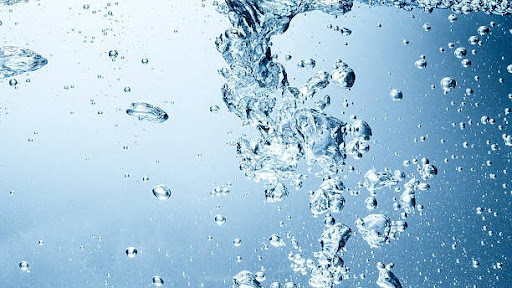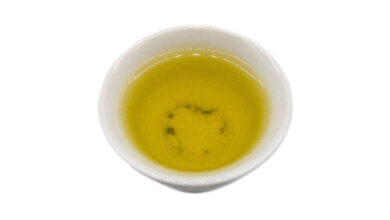Comparing RO Filtration with Traditional Filters

When it comes to ensuring the purity and safety of drinking water, choosing the appropriate filtration system is paramount. The discussion often centres around Pure Water Systems, which offer various solutions, including reverse osmosis (RO) and traditional filters. Each system has its distinct advantages, and understanding these differences can assist consumers in making informed decisions.
Understanding Reverse Osmosis Filtration
Reverse osmosis is a technology that utilises a semi-permeable membrane to remove ions, unwanted molecules, and larger particles from drinking water. This system effectively eliminates a wide array of contaminants, which traditional filtration methods may not completely remove.
The Mechanics of RO Systems
RO systems typically involve multiple stages of filtration. Water first passes through a pre-filtration stage, removing sediments and larger contaminants. The core process occurs at the semi-permeable membrane that effectively filters out microscopic impurities, including heavy metals, bacteria, and viruses.
Advantages of Reverse Osmosis
Primarily, reverse osmosis systems are acclaimed for their ability to remove a high percentage of contaminants compared to traditional filters. The multi-stage process ensures thorough purification, providing peace of mind regarding water quality. In addition, the maintenance of these systems, though more involved, ensures consistent performance and longevity.
Understanding Traditional Water Filters
Traditional water filters, such as carbon filters, operate by using activated carbon to remove impurities through adsorption. These filters are readily available and often used due to their simplicity and lower cost.
Operational Mechanism of Traditional Filters
Carbon filters primarily work by attracting and holding contaminants on the filter material. They are effective at removing chlorine, taste, and odour, improving the palatability of drinking water.
Advantages of Traditional Filters
Traditional filters are valued for their ease of use and maintenance. Unlike RO systems, they do not require electricity, which can be a significant advantage in certain scenarios. Additionally, their upfront cost tends to be lower than that of RO systems.
Comparative Analysis of Effectiveness
When comparing the effectiveness of these systems, RO filtration is notable for its comprehensive purification process. Conversely, traditional filters, while effective in improving taste and reducing certain contaminants, may not match the rigorous purification level of an RO system.
Considerations for Home Use
For homeowners evaluating the best option for their needs, considering factors such as initial cost, long-term maintenance, and the specific contaminants present in their water supply is crucial. Those seeking maximum purity often opt for a reverse osmosis water filter.
Cost Implications
The cost of purchasing and maintaining these systems can vary significantly. RO systems tend to have higher initial costs, yet their long-term benefits may justify the investment for those prioritising water purity.
Aesthetic and Practical Considerations
Fitting the water filtration system into the home environment is another consideration. Some individuals prefer the compact nature of a benchtop water filter, which can be more straightforward to install and use.
Environmental Factors
Considering environmental impact is vital, as traditional filters often result in less wastewater than RO systems. However, advancements in RO technology are constantly improving efficiency and reducing waste.
Final Thoughts
Both reverse osmosis and traditional filters play critical roles in providing high-quality drinking water. The choice largely depends on individual needs and water quality requirements. As a leader in the water purification industry, Pure Water Systems continues to innovate and offer solutions that cater to diverse consumer preferences.
Conclusion
Choosing between RO and traditional water filters involves balancing cost, convenience, and filtration effectiveness. By understanding the intricacies of each system, consumers can make informed decisions that best suit their lifestyle and assure them of safe, clean water.


